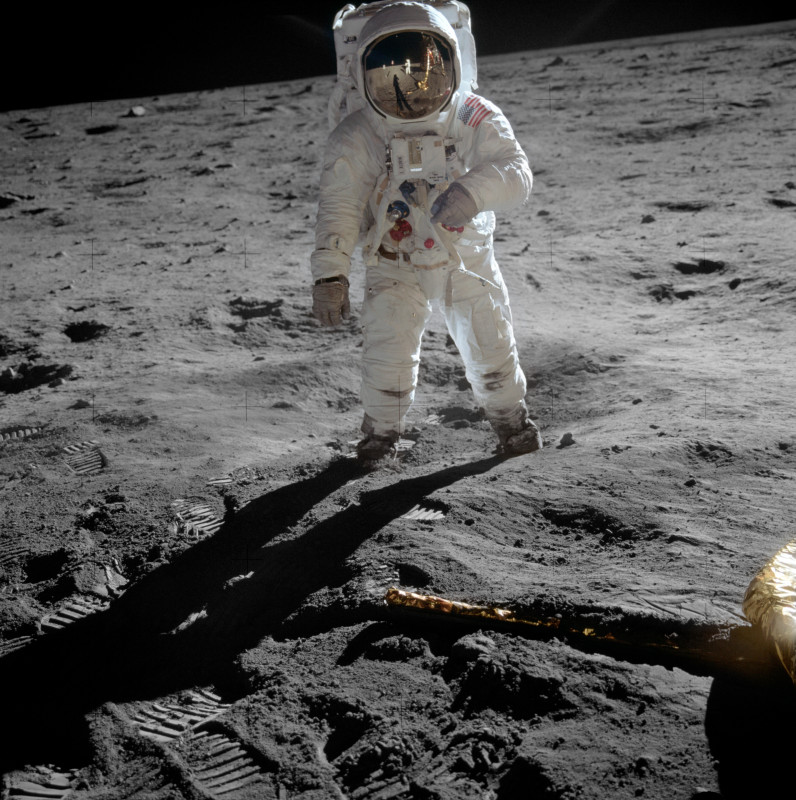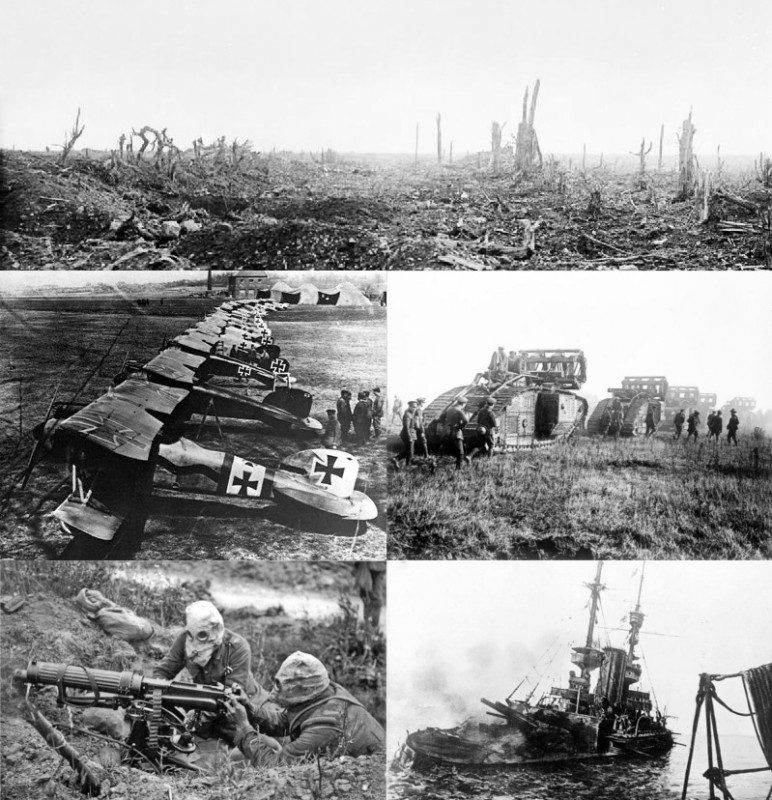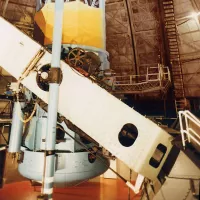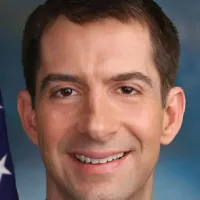Sir Harold Spencer Jones, an English astronomer, gained prominence as an expert in positional astronomy. Notably, he held the esteemed position of the tenth Astronomer Royal for an impressive 23-year tenure. It's worth mentioning that while his birth name was "Jones," his surname evolved to become "Spencer Jones."
1911: Graduation from Jesus College, Cambridge
In 1911, Harold Spencer Jones graduated from Jesus College, Cambridge and was awarded a postgraduate studentship.
December 1913: Elected to the Royal Astronomical Society
In December 1913, Spencer Jones was elected to the Royal Astronomical Society.
1914: Travel to Minsk for Solar Eclipse Observation
In 1914, Spencer Jones travelled to Minsk to observe a total solar eclipse, departing during peacetime and returning after the start of World War I.
1918: Marriage to Gladys Mary Owers
In 1918, Spencer Jones married Gladys Mary Owers.
1919: Attempt to verify deflection of light of stars by the Sun
In 1919, Spencer Jones attempted to verify the deflection of the light of stars by the Sun during a total solar eclipse, but cloud defeated the attempts.
March 1921: Joined the British Astronomical Association
On March 30, 1921, Spencer Jones joined the British Astronomical Association.
December 1923: Arrival in South Africa
In December 1923, Spencer Jones and his wife arrived in South Africa, after he was appointed as His Majesty's Astronomer at the Cape of Good Hope.
1930: Observations of 433 Eros
In 1930, Spencer Jones began a series of observations of the minor planet 433 Eros during its close approach to Earth.
1931: Observations of 433 Eros
In 1931, Spencer Jones continued a series of observations of the minor planet 433 Eros during its close approach to Earth.
1933: Appointment as Astronomer Royal
In 1933, Spencer Jones succeeded Sir Frank Dyson as Astronomer Royal and returned to Britain to take charge of the Royal Observatory, Greenwich.
1937: President of the Royal Astronomical Society
From 1937 to 1939, Spencer Jones served as president of the Royal Astronomical Society.
1939: End of presidency at the Royal Astronomical Society
In 1939 Spencer Jones completed his term as president of the Royal Astronomical Society.
1939: President of the British Horological Institute
In 1939, Spencer Jones served as president of the British Horological Institute.
1943: Knighted
In 1943, Spencer Jones was knighted.
1944: Royal Institution Christmas Lecture
In 1944, Spencer Jones delivered the Royal Institution Christmas Lecture on Astronomy in our Daily Life.
1945: President of the International Astronomical Union
From 1945 to 1948, Spencer Jones was president of the International Astronomical Union.
1947: First President of the Royal Institute of Navigation
In 1947, Spencer Jones was elected the first President of the Royal Institute of Navigation.
1948: End of presidency at the International Astronomical Union
In 1948 Spencer Jones completed his term as president of the International Astronomical Union.
1948: Move to Herstmonceux
In 1948, Spencer Jones moved from Greenwich to Herstmonceux, as part of the relocation of the Royal Observatory.
1951: Gold Medal named in his honor
In 1951, the Royal Institute of Navigation's highest award, the Gold Medal, was named in Spencer Jones' honor.
1955: Retirement as Astronomer Royal
At the end of 1955, Spencer Jones retired as Astronomer Royal.
1956: Richard Woolley becomes Astronomer Royal
In 1956, Richard Woolley succeeded Spencer Jones as Astronomer Royal.
October 1957: Controversial statement about space travel
In October 1957, just two weeks before the launch of Sputnik 1, Spencer Jones allegedly made a statement that "space travel is bunk", although the accuracy of this quote is disputed. His sentiment was consistent with a 1957 editorial in New Scientist magazine where he wrote about space flight, twelve years before the Apollo 11 landing on the Moon.
1959: Reference to quote in New Scientist
In 1959, during his lifetime, the quote "space travel is bunk" was referenced in the 17 September issue of New Scientist magazine.
November 1960: Death of Harold Spencer Jones
Harold Spencer Jones died on November 3, 1960, at the age of 70 from cardiac arrest.
1960: Death of Spencer Jones
Spencer Jones died in 1960.
1967: Opening of the Isaac Newton Telescope
In 1967, the Isaac Newton Telescope, which Spencer Jones played a leading role in planning, was eventually opened.
Mentioned in this timeline

Christmas is an annual festival celebrated on December th commemorating...
Africa is the second-largest and second-most populous continent comprising of...

Apollo was a U S spaceflight launched by NASA from...

World War I a global conflict between the Allies and...

A solar eclipse happens when the Moon moves between the...

A telescope is an instrument used to observe distant objects...
Trending

7 months ago Josh Jacobs infuriated by Raiders' Chiefs logo dance; former player recalls backfire.

Keith Richards is a renowned English musician songwriter singer and record producer best known as a founding member guitarist and...
6 months ago Charley Hull shines at Women's PGA Championship, pursuing major breakthrough after near misses.

4 months ago Colorado Lottery results: Pick 3 Midday and Evening winning numbers for August 14, 2025.
Spirit Airlines is an American ultra-low-cost carrier based in Florida operating scheduled flights across the U S Caribbean and Latin...

1 month ago Widespread Flight Cancellations and Delays Ground Thousands of Passengers Across the US
Popular

Candace Owens is an American conservative political commentator and author...

Ilhan Omar is an American politician currently serving as the...

XXXTentacion born Jahseh Dwayne Ricardo Onfroy was a controversial yet...

Tom Cotton is an American politician and Army veteran currently...
The Kennedy Center Honors are annual awards recognizing individuals and...

Kelsey Grammer is an accomplished American actor producer and singer...